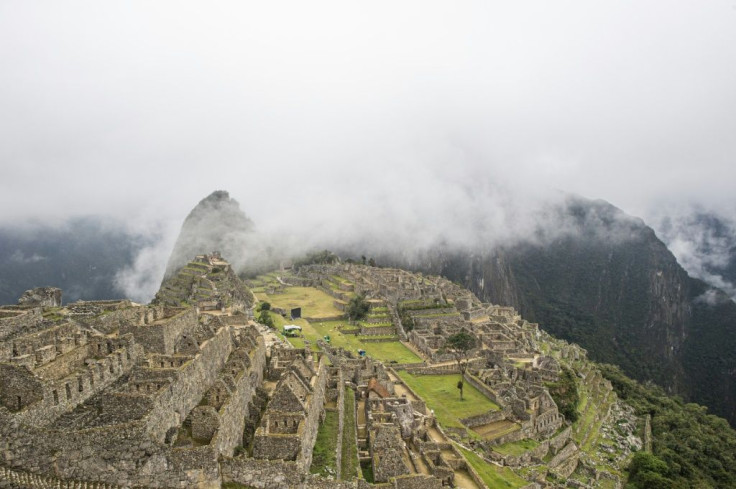Not Machu Picchu? Researchers Say It May Be The Wrong Name
KEY POINTS
- The name Machu Picchu has been known to the world for over 100 years
- Researchers scoured data to determine the archeological site's original name
- Evidence points to its original name being Huayna Picchu
Have we been calling Machu Picchu by the wrong name all this time? According to a pair of researchers, its name may actually be Huayna Picchu.
Peru's Machu Picchu is among the world's most recognizable archaeological sites. First brought to the world's attention in 1911 by explorer Hiram Bingham, it was named as one of the new seven wonders of the world in 2007.
However, not much was known about it when it rose to popularity in 1911, the University of Illinois in Chicago (UIC) noted in a news release. In a new paper, published in Ñawpa Pacha: Journal of Andean Archaeology, a pair of researchers found that the iconic name by which it has been known for many years may not even be what it was originally called.
For their work, the researchers looked at three important sources of data: Bingham's field notes, information from 17th-century documents and toponyms on 19th-century maps.
"We began with the uncertainty of the name of the ruins when Bingham first visited them and then reviewed several maps and atlases printed before Bingham's visit to the ruins," Brian S. Bauer, UIC professor of anthropology and one of the study authors, said in the university news release.
Indeed, much of the data points to the site actually being called Huayna Picchu. Specifically, an Inca town called Huayna Picchu was already mentioned in an atlas that was published in 1904, several years before Bingham even arrived in Peru. And even before he left to look for the site in 1911, he was already told of a place called Huayna Picchu. Later on, in 1912, he was again told by a landowner's son that the ruins were actually called Huayna Picchu, UIC noted.
"We end with a stunning, late 16th-century account when the indigenous people of the region were considering returning to reoccupy the site which they called Huayna Picchu," Bauer said in the news release.
"The results uniformly suggest that the Inca city was originally called Picchu, or more likely Huayna Picchu, and that the name Machu Picchu became associated with the ruins starting in 1911 with Bingham's publications," the researchers wrote.
Despite the possible revelation, however, changing the now well-known name may not be on the priority list.
"All names are invented and changeable and it doesn't make much difference. Except now Machu Picchu is an established brand very linked to Peruvian identity, so what would be the point of changing it?" said Natalia Sobrevilla, a professor of Latin American history at the University of Kent, according to The Guardian.
"As Shakespeare said: 'A rose by any other name would smell as sweet,'" Sobrevilla added.

© Copyright IBTimes 2024. All rights reserved.






















